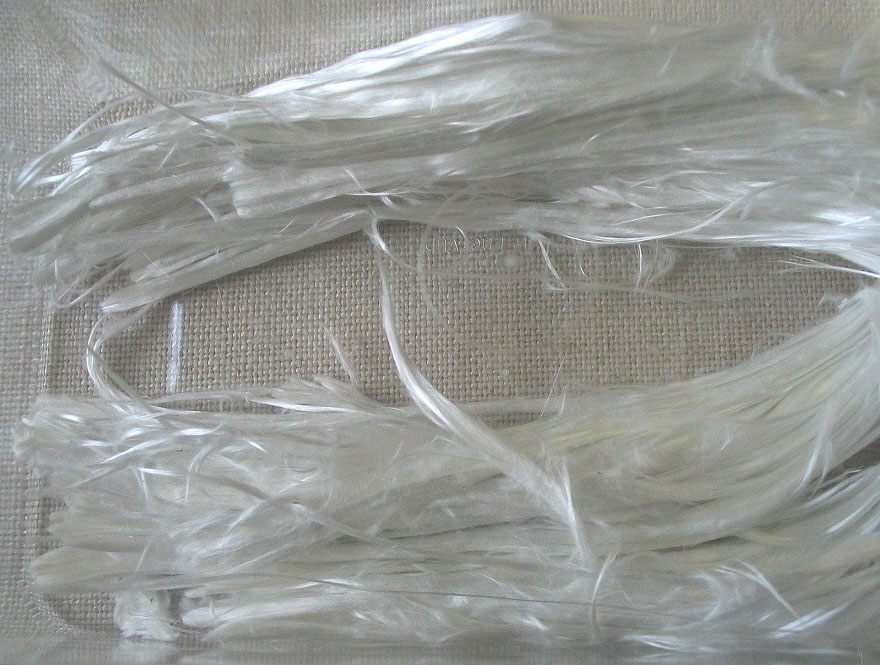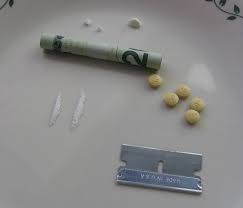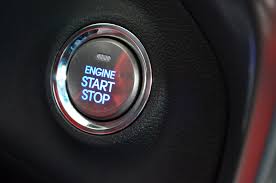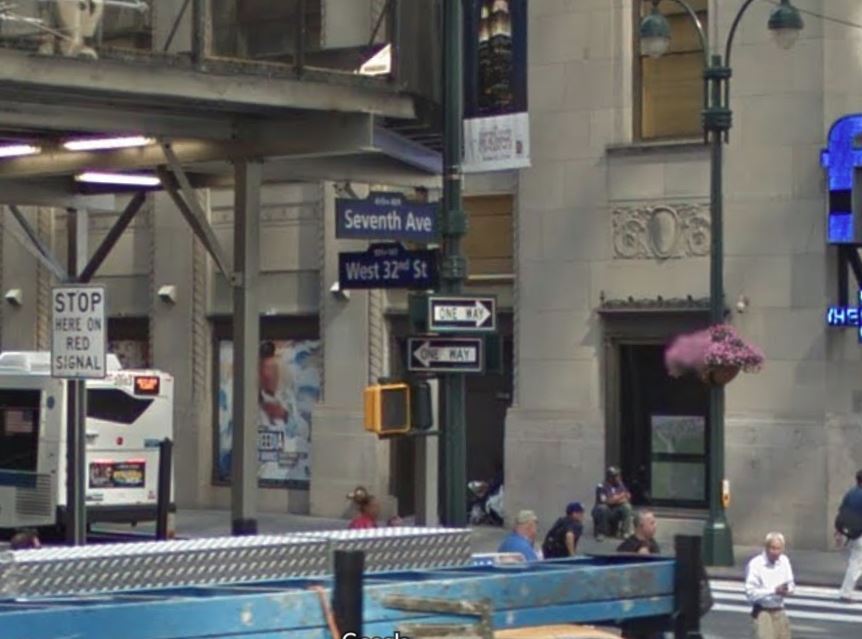Potential defective body camera recalled by the New York Police Department
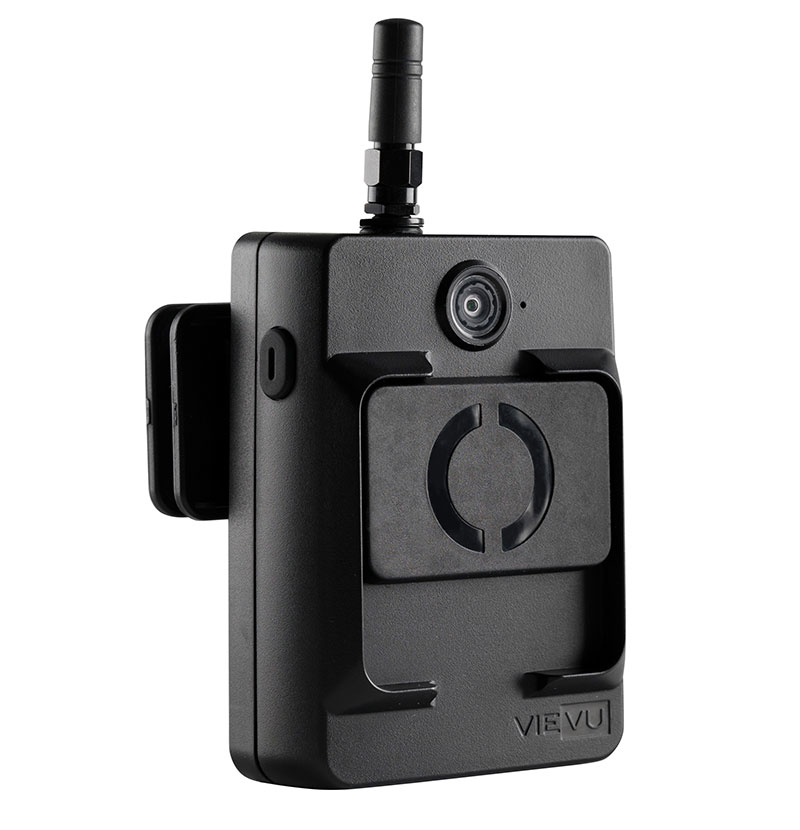 A potentially defective lithium-Ion battery in Vievu-brand LE-5 body camera led the NYPD to pull almost 3,000 body cameras from use.
A potentially defective lithium-Ion battery in Vievu-brand LE-5 body camera led the NYPD to pull almost 3,000 body cameras from use.
The decision was made after one of the cameras worn by a Staten Island police officer exploded into flames. The officer who was assigned to a midnight shift in the 121st Precinct on the northwestern shore of Staten Island suddenly noticed smoke coming out of his body camera. Thankfully he wasn’t injured in the accident. He just had the time to remove the camera and to drop it on the ground in the precinct before it exploded and caught fire. After the incident, all officers wearing the same model of camera were instructed to immediately remove them and bring them back to their commands. The NYPD had around 15,000 cameras in use and only the Vievu LE-5 is being recalled. The previous version Vievu LE-4 which is also used by some of the police officers is not recalled. Officers who were wearing the LE-5 model will temporally work without body cameras.
CONTROVERSIAL DECISION
 New York Personal Injury Attorneys Blog
New York Personal Injury Attorneys Blog


